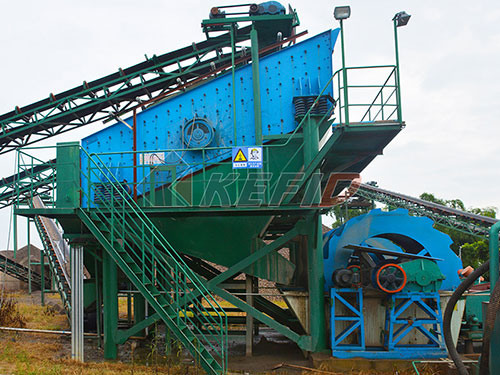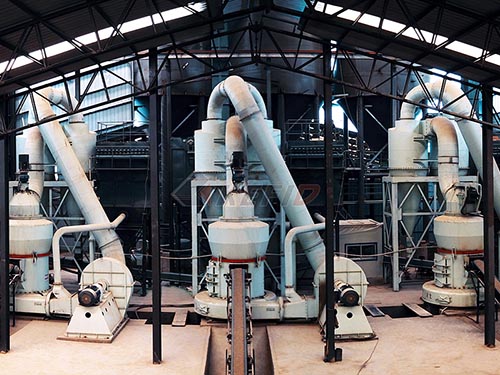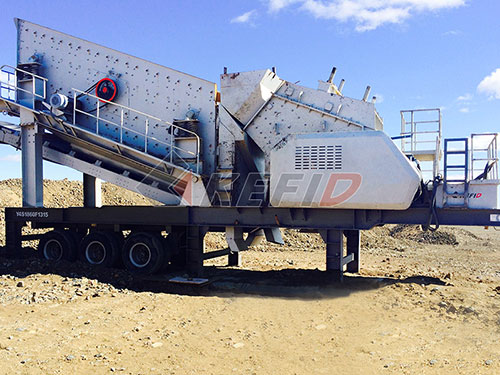Beyond Efficiency: Understanding the Limitations of Cone Crushers
Cone crushers are undeniably workhorses in the aggregate and mining industries, renowned for their ability to produce consistent, well-shaped end products at relatively high capacities. Their efficiency in secondary, tertiary, and quaternary crushing stages makes them indispensable. However, like any technology, they come with inherent disadvantages that must be carefully considered during equipment selection and plant design. Understanding these limitations is crucial for optimizing operations and managing expectations.

Here are the key disadvantages associated with cone crushers:
1. High Initial Investment Cost: Cone crushers represent a significant capital expenditure. Their complex internal mechanics, robust construction (necessitated by high crushing forces), and sophisticated hydraulic systems contribute to a substantially higher purchase price compared to simpler primary crushers like jaw crushers or even some impact crushers of comparable nominal capacity.
2. Complexity and Maintenance Demands: The intricate design that enables fine crushing also translates into greater mechanical complexity. This complexity necessitates:
Skilled Maintenance Personnel: Proper maintenance requires technicians with specific training on cone crusher anatomy, hydraulic systems, and lubrication requirements.
Time-Consuming Procedures: Routine tasks like liner changes are inherently more laborious and time-consuming than on simpler crushers. Accessing internal components often involves significant disassembly.
Higher Maintenance Costs: Wear parts (mantles, concaves) are expensive. Furthermore, the complexity increases the potential cost of repairs for components like eccentric bushings, thrust bearings, or hydraulic cylinders.
3. Sensitivity to Feed Characteristics:

Feed Size & Gradation: Cone crushers operate most efficiently within a specific feed size range relative to their cavity design. Oversized feed can cause packing or excessive stress on components (“tramp metal” events are particularly damaging). Conversely, feeding excessive fines (“slimes”) can lead to packing in the crushing chamber, reducing capacity and increasing wear unevenly.
Moisture & Clay Content: Sticky or highly plastic materials (like certain clays) can adhere to liners and chamber walls, causing severe packing issues that drastically reduce throughput and require frequent shutdowns for cleaning.
Material Segregation: Uneven distribution of material entering the feed hopper or poor feed chute design can lead to uneven wear across the mantle and concave liners.
4. Limited Reduction Ratio per Stage (Compared to Some Alternatives): While capable of producing fine product sizes, achieving very

Leave a Reply